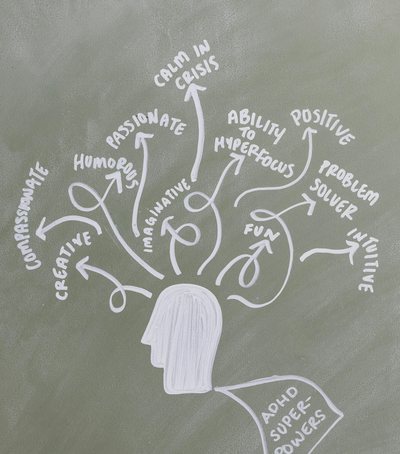
Active listening is the foundation of any meaningful conversation. When your child speaks, stop what you're doing, make eye contact, and nod your head to show that you're listening. This teaches your child that their thoughts and feelings are valuable.
Validating emotions helps us understand deeply what the child is feeling. Instead of “Don’t be so upset,” try “I can see you’re sad—I’d like to hear more.” This creates space for opening up feelings without fear.
Clear and simple language avoids misunderstandings. Use words that your child's age understands: "I need some quiet time right now" is more concrete than "Hey, your brother is bothering us."
“I” messages encourage cooperation without blame. Instead of “You never clean your room,” try “I feel stressed when clutter builds up.” This makes children more willing to listen and cooperate.
Shared rituals strengthen communication routines. An after-dinner chat or a Sunday morning “check-in” creates space to feel connected and discuss without rushing.
Non-intrusive support builds a child's self-confidence. When offering help, ask, "How would you like to solve this yourself?" instead of, "Let me tell you." This encourages creativity and personal responsibility.
Staying at their level shows respect. Sit down, lower your head next to the child, and don't just talk over them. This gives them the feeling that you are a partner in the conversation, not an imposing leader.
Using body language – smiling, hugging, or nodding – reflects understanding without words. Children often read emotions from your posture more easily than from the words you say.
Building trust through consistency – when you are consistent in your responses, children learn what to expect. For example, every time they finish a workspace together, thank them and celebrate a small “good faith” achievement.
Resolving conflicts calmly teaches a willingness to compromise. When an argument arises, stop the conversation, catch your breath together, and then resume by asking, “How do you think we can resolve this together?”
By cultivating these practices in your daily life, you build an environment where words become a means of connection, where each member feels heard, understood, and valued.
Photo Credits (Alexander Mass):
https://www.pexels.com/photo/playful-moment-with-happy-child-in-field-33204404/





